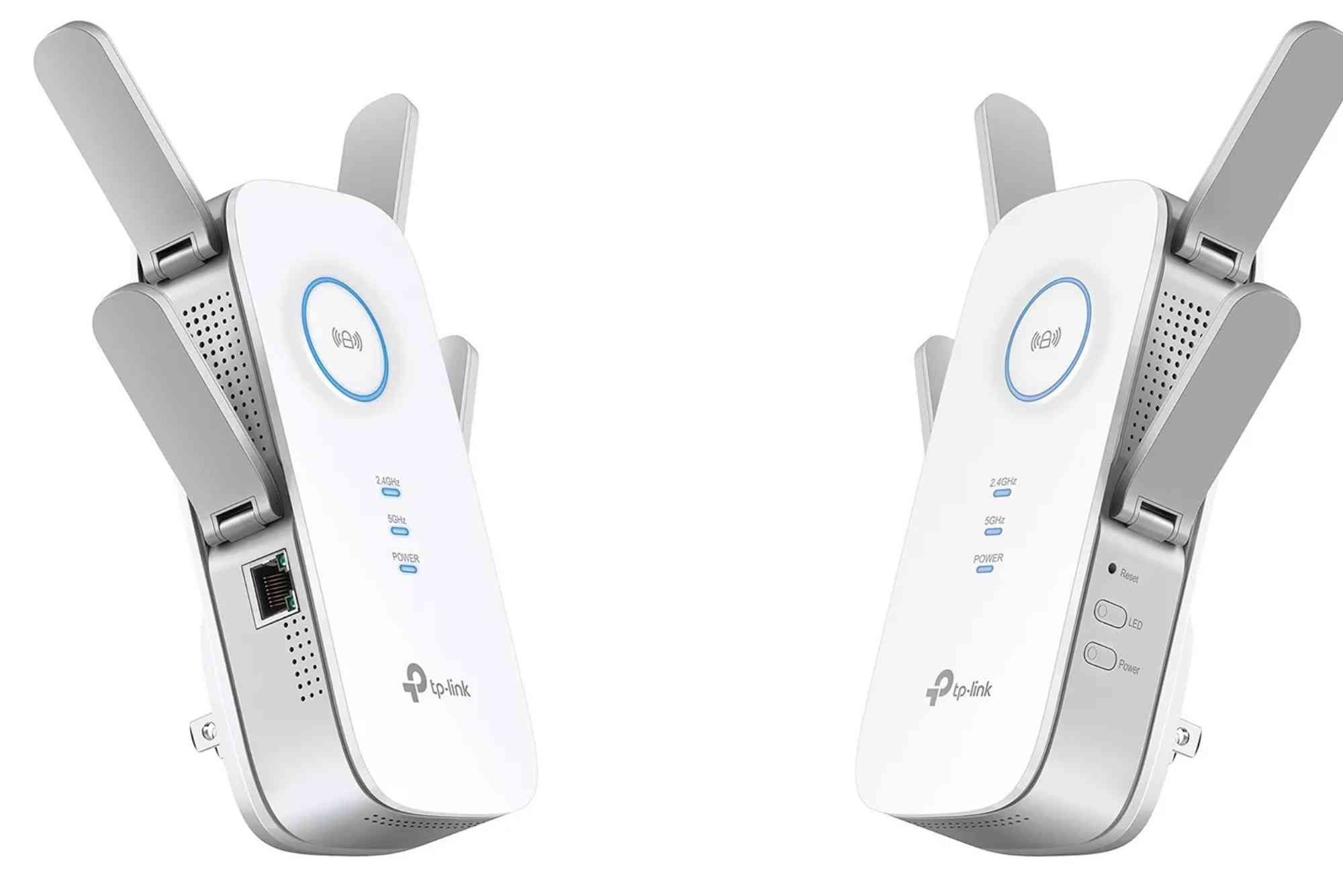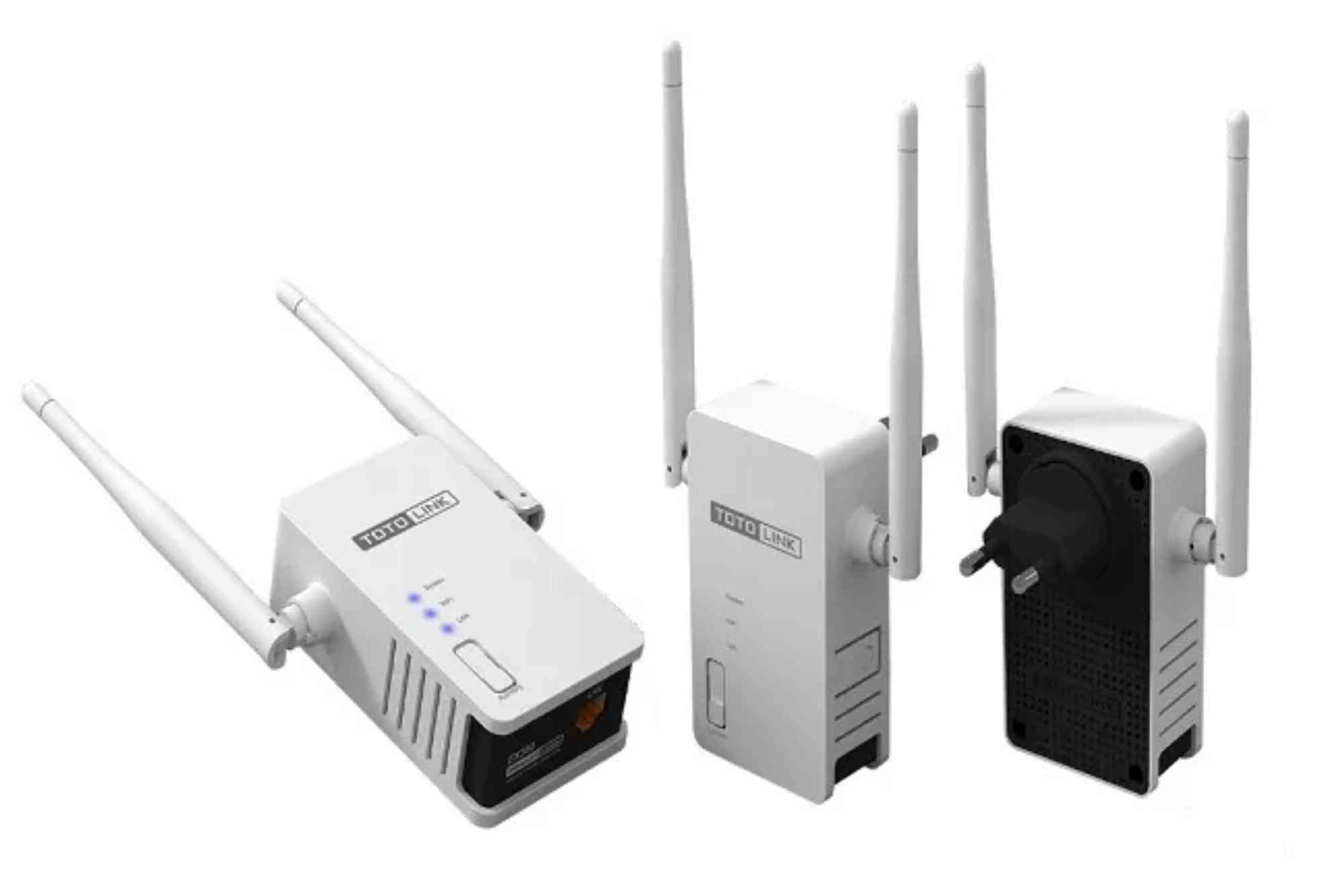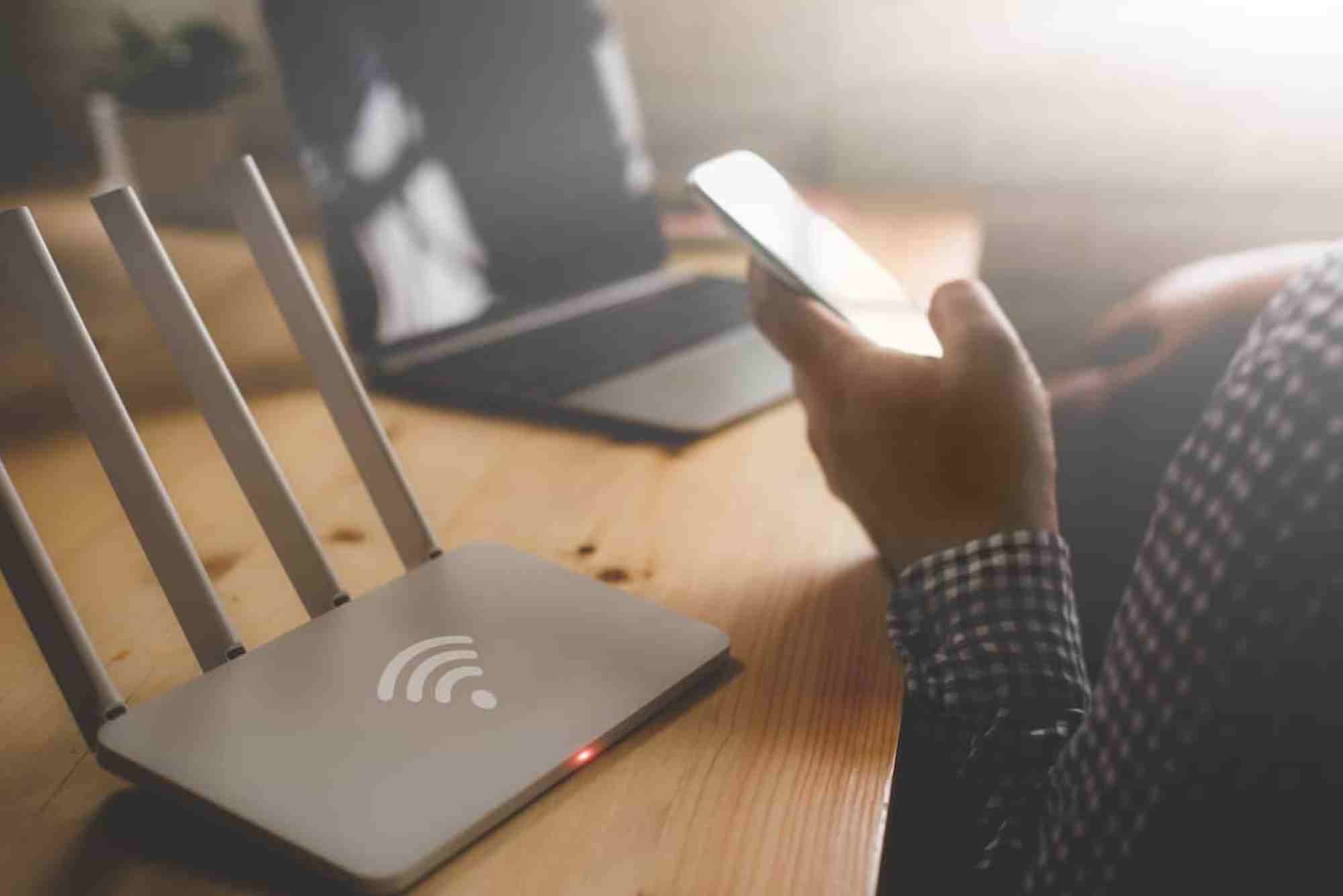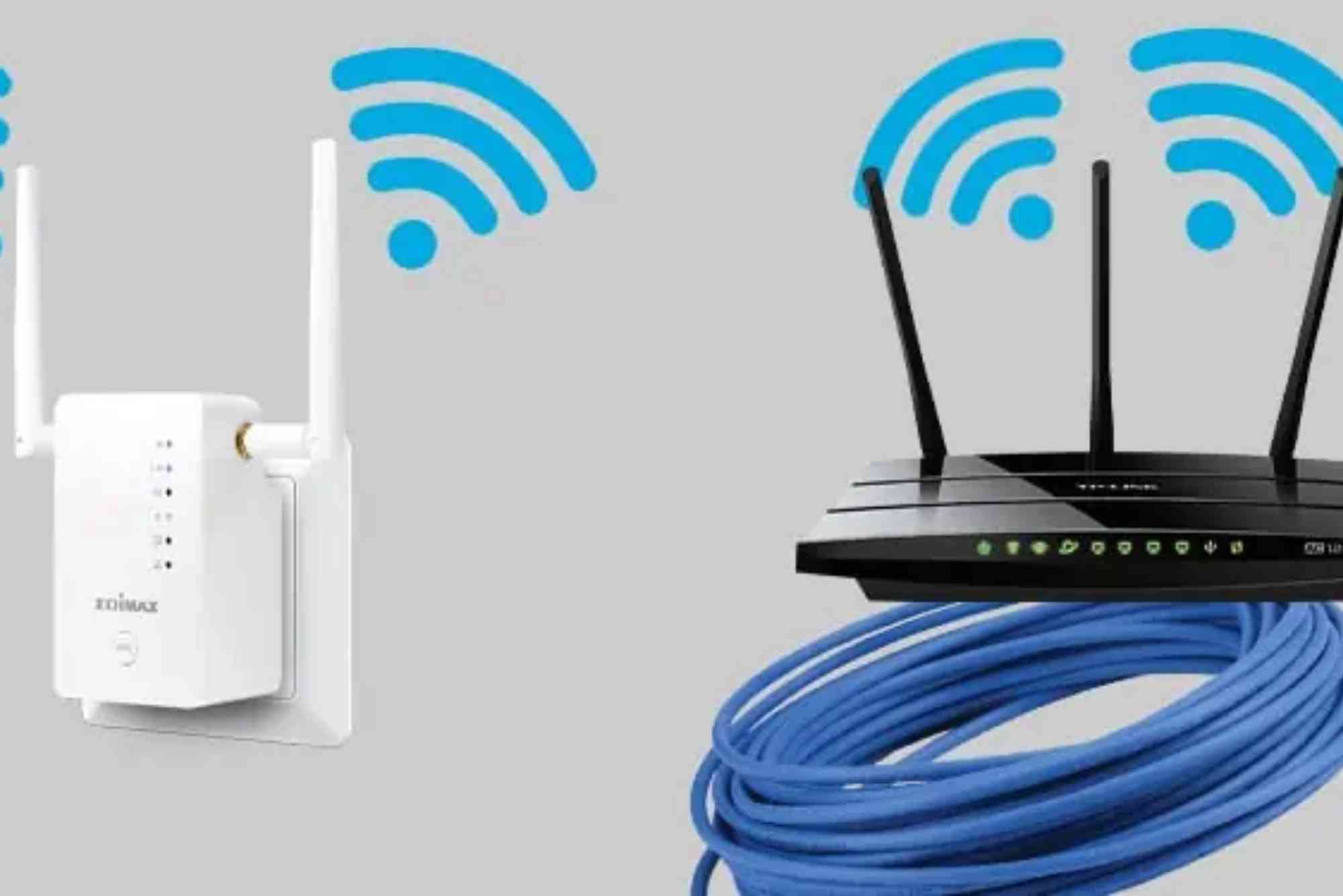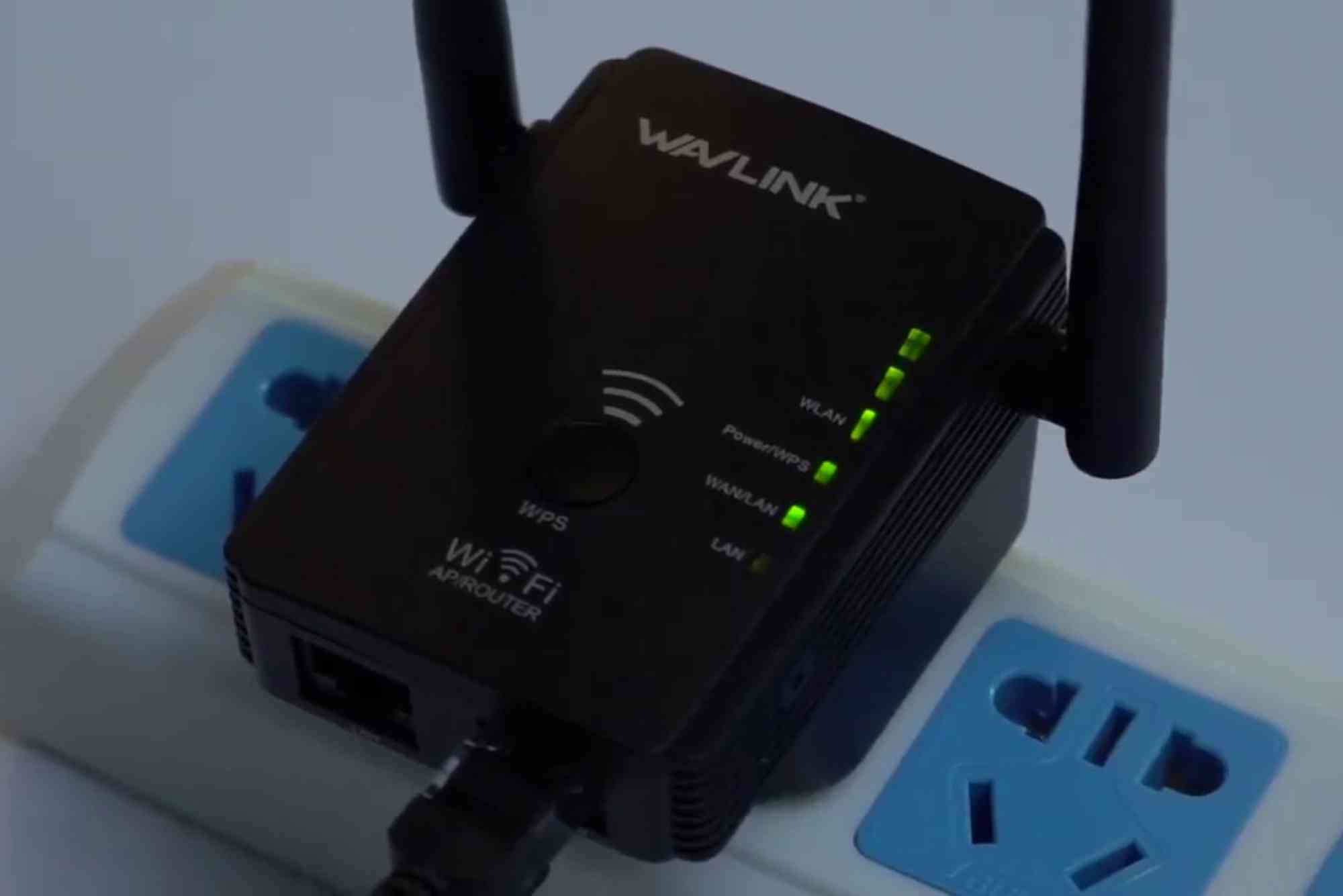Introduction
Your Wi-Fi router is the front door to your digital world. If someone gains access, they can use your internet, slow your speed, and even compromise your personal data. That’s why learning how to change router password is one of the most important steps in protecting your home or office network.
Many people never update the default password set by their internet service provider. Hackers know this and often exploit it. By changing your router password regularly, you safeguard your devices, improve network performance, and maintain full control over who connects to your Wi-Fi.
In this guide, we’ll walk you through everything you need to know about changing your router password. From accessing your router’s settings to setting a strong password, you’ll learn simple steps that anyone can follow.
Why Changing Your Router Password Matters
Prevent Unauthorized Access
Default router passwords are easy to guess because they’re often shared publicly online. Hackers can log in and change your settings or lock you out.
Protect Personal Data
Your router manages all your internet traffic. If someone gains access, they can track browsing habits or steal sensitive data.
Improve Network Speed
When too many unknown devices connect to your Wi-Fi, your internet slows down. Changing the password limits access to only trusted users.
Strengthen Overall Security
Routers are often the first target in cyberattacks. Regular password updates add a strong security layer against malware and phishing attempts.
How to Change Router Password: Step-by-Step
Changing your router password might sound complicated, but it’s actually quite simple. The process may vary slightly depending on your router brand, but the general steps remain the same.
Connect to Your Router
Use your Wi-Fi or connect via an Ethernet cable to ensure a stable connection while updating settings.
Open the Router Login Page
Open a web browser and type your router’s IP address in the address bar. Common IPs include:
-
192.168.1.1
-
192.168.0.1
-
192.168.100.1
If these don’t work, check the back of your router or your ISP’s documentation.
Log in to Your Router Account
Enter the admin username and password. If you haven’t changed them before, they may still be the default ones provided by your ISP.
Find the Password Settings
Once logged in, navigate to Wireless Settings, Security Settings, or Administration. The exact location depends on your router model.
Enter a New Password
Type your new password into the designated field. Make sure it’s strong and not easy to guess.
Save and Restart Your Router
Click Save or Apply. Some routers may restart automatically to apply the new settings.
Reconnect Devices
Since the password has changed, you’ll need to reconnect all your devices using the new credentials.
Tips for Creating a Strong Router Password
A strong password is crucial for protecting your network. Follow these tips:
-
Use at least 12 characters.
-
Combine uppercase and lowercase letters.
-
Add numbers and special characters.
-
Avoid common words or personal details.
-
Change your password every few months.
For example, instead of using “mypassword123,” create something like “H@rdT0Br3@k!2025”.
Common Issues When Changing Router Password
Forgotten Admin Credentials
If you can’t log in, reset your router using the small reset button. Hold it for about 10 seconds, then reconfigure your settings.
Wrong IP Address
If the default IP doesn’t work, run Command Prompt on your computer, type ipconfig, and look for the Default Gateway. That’s your router’s IP.
Password Not Saving
Sometimes browsers cache old settings. Try clearing the cache or using a different browser to save changes.
Extra Security Measures After Changing Router Password
Changing your router password is just the first step. For complete security, consider the following actions:
Update Your Router Firmware
Manufacturers release firmware updates to patch vulnerabilities. Always keep your router’s firmware up to date.
Disable Remote Management
Remote management allows access to your router from outside your network. Turn this feature off unless absolutely necessary.
Use WPA3 or WPA2 Security
Check your wireless security protocol. WPA3 is the latest and most secure option. If your router doesn’t support WPA3, WPA2 is still strong.
Hide Your SSID
If you don’t want your Wi-Fi network to appear in the list of available networks, disable SSID broadcasting. Only people who know the name can connect.
Limit Device Access
Some routers allow you to set up a list of approved devices. Only these devices will be able to connect, even if someone knows the password.
The Role of ISPs in Network Security
Your Internet Service Provider (ISP) plays a big role in your security. Some ISPs provide custom routers that make changing passwords easier. For example, Dhanote Internet Services ensures customers have access to secure router settings and provides assistance if users face issues.
If you’re unsure about changing your router password yourself, your ISP’s customer support can guide you through the process.
FAQs
How do I change my Wi-Fi password from my phone?
Most modern routers allow mobile access. Download your router’s app or use a browser, log in with the router’s IP, and change the password under wireless settings.
How often should I change my router password?
Security experts recommend updating your password every 3–6 months, especially if you’ve shared it with multiple people.
What if I forget my router’s new password?
You’ll need to reset your router to factory settings. After that, you can log in using the default credentials and create a new password.
Can someone hack my Wi-Fi even with a strong password?
While strong passwords make hacking difficult, it’s still possible if your router firmware is outdated. Regular updates and WPA3 encryption help prevent attacks.
Is it safe to let guests use my Wi-Fi?
Yes, but it’s better to create a guest network. This keeps your main network secure while allowing visitors internet access.
Changing your router password is one of the simplest yet most effective ways to secure your home or office network. It prevents unauthorized access, protects sensitive data, and ensures better internet performance.
By following the steps outlined in this guide, you’ll not only learn how to change router password but also gain confidence in managing your own network security.

